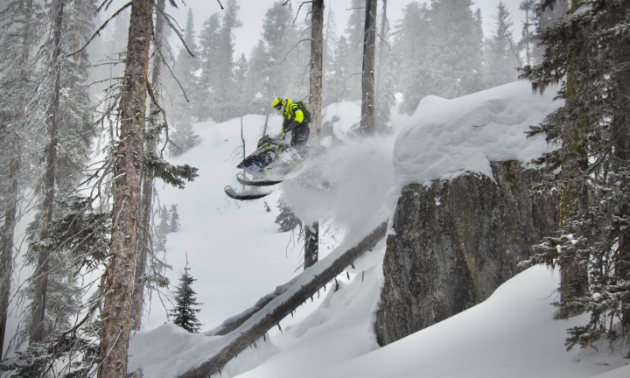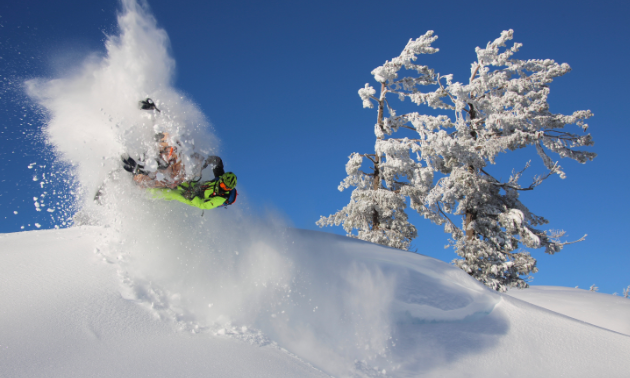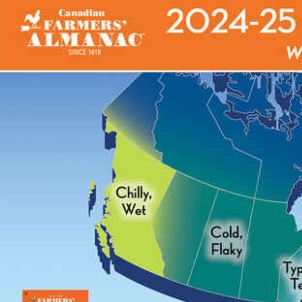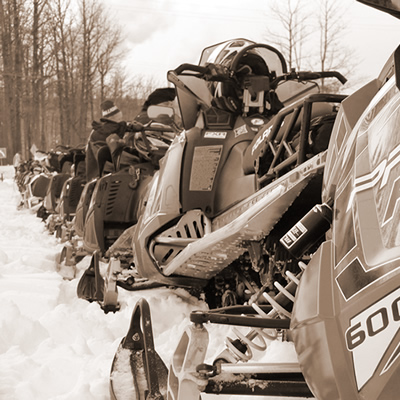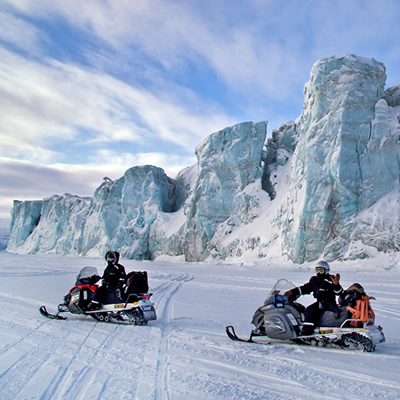Hi all,
Travis Alley here (AKA @tahoesledhead). Just wanted to drop some helpful information to everyone about creating content, getting sponsors and growing your social media following.
I’ve been a social media influencer for some of the industry’s top companies including: @polarissnow, @klim, @cheetah_snow, @bdturbo, @sledusa, @ggbexhaust, @sledstardesign, @caproskis, @denniskirk and @skinz_protective_gear. It’s something I enjoy and have a passion for. I never look at it as a job. The focus is always on fun.
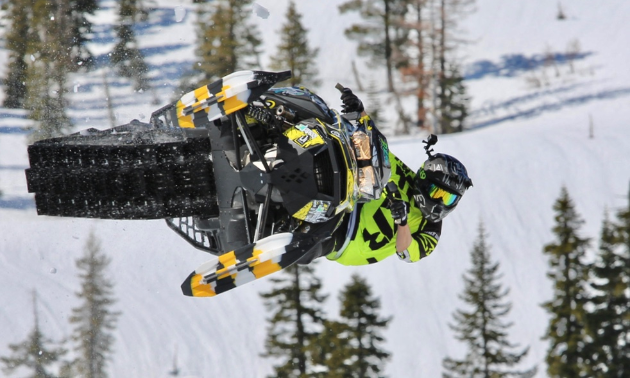
I started riding sleds and shooting photos at a very young age back in upstate New York. Since then, I’ve moved west and landed in beautiful Lake Tahoe, California. Living in this ultimate mountain playground offers incredible riding opportunities. I get to spend 75-plus days on a sled every year in an area that received over 700 inches of snow last season. Even if your days on snow are minimal, I can help you maximize your content creation and social media growth.
1. Get the right gear
First off, if you’re trying to obtain sponsors, features in movies or post on social media by industry-leading brands, you need to have the right equipment. Your sled should be a current model (Polaris Axys, Ski-Doo Gen 4, Arctic Cat Alpha etc). You won’t have much success repping for most companies with an out of date sled. Similar story with your gear. If you really want to be featured in the top magazines, movies, and Instagram accounts, you’ll need the most current pants, jackets, helmets, bags etc. Think about it from a company’s standpoint. It’s going to be really hard for a clothing company to represent someone wearing old haggard gear or gear made by another manufacturer. it’s pretty hard for FXR to run a photo of you wearing their new one-piece when you’re wearing a Castle-X helmet.
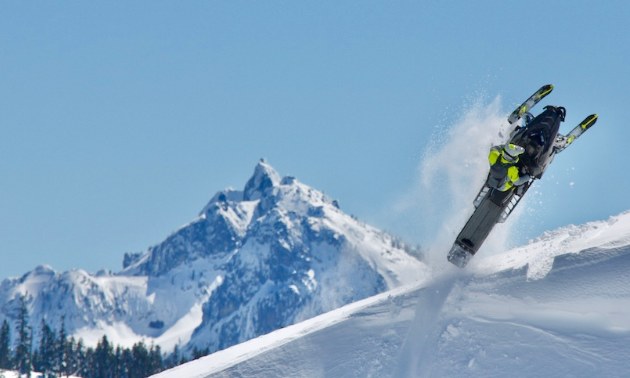
Product placement is key. Keep your prime sponsorship logos in areas that will be seen most in photos and video. Your sled will be covered in snow the majority of time you’re riding, so the higher on your sled you can place a logo the better.
Think of yourself as a spokesperson for each and every brand you wish to be sponsored by. If you’re posting images on your social media that are potentially dangerous to their reputation or yours, that’s not going to help you in your quest for sponsorship (drugs, law breaking, etc.)
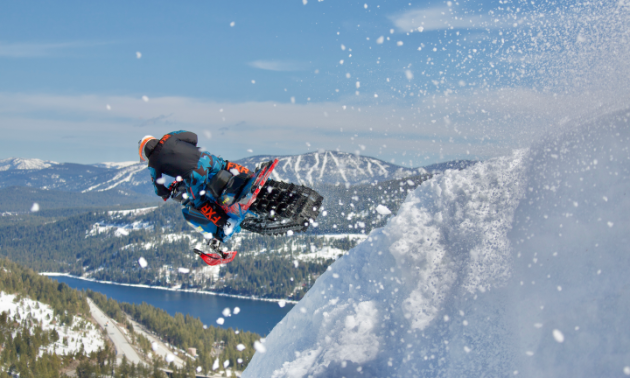
2. Content is key
Secondly, content, content, content. It’s sad to say, but the phrase, “Picture or it didn’t happen,” is all too true these days. Instagram updates by the second. If you can’t produce enough content to keep your followers entertained, why should they follow you? Why should a company sponsor you? Keep those GoPros rolling. Ideally, you or a friend has a DSLR camera and some skills to shoot in the backcountry (I never ride without a camera). Not every shot has to be a prize photo. Take simple shots of you and the boys heading out to ride, your new wrap, action shots, and even stills of the zones you were in—just keep the camera rolling!
Naturally, the better the photography, the better your following. But you have to start with consistent content—at least two feed posts, and three story posts per week all year round. When you’re making these posts, what separates you from everyone else? Are you funny (@snowmobilefails), do your riding skills speak for themselves (@calebkesterke), do you take great photos (@rltphotos), can you make great video edits (@rossxrobinson)? You need to find a niche and run with it.
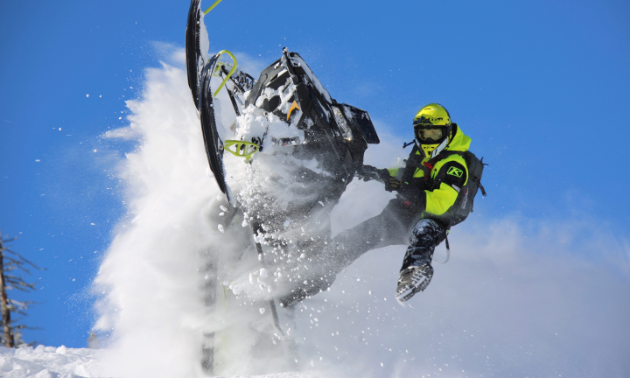
3. Tag it
Third, once you’ve started creating this content, what do you do with it? How do you get it on the world stage? There are a million ways, but the easiest and best way to start is hashtags and tags. If you have a great photo with a Klim sticker showing, make sure you tag and hashtag #klim and @klim. Furthermore, you should monitor your post and try different times of day when posting. Think to yourself, when will the sledding world be scrolling through their Instagram feeds? I find that 7:00am and 7:00pm work well for me midweek, while weekends don’t seem to get as much traction as everyone’s out riding and not bored at work. Follow fellow sledders, like their posts, and comment on their pictures. This will go a long way. They’ll likely return the favour and you’ll start to develop friends and a following. Encourage your followers to comment on your post (in the Instagram algorithm, that carries more weight than a like). It’s even better if someone DMs (Direct Messages) your photo. That carries the highest weight and will increase your chances of landing on the main screen for folks with similar interest and followings.
What does all this mean? You need to not only create content, you need to create engagement. Your posts and stories have to be relevant to your prospective followers and the industry. You need to produce content that will help them grow their brand.
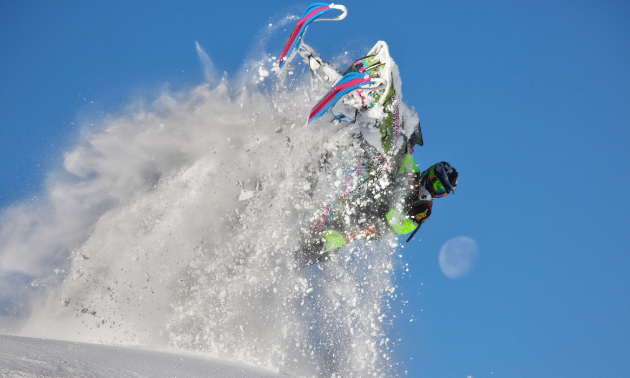
4. Find fellow photogenic sledders
Lastly, find riding partners with a similar interest in video and photography. If you don’t know any riders that are into filming, reach out to a photography school or another local photographer on Instagram. See if anyone is looking to explore the sport and build their resume in action photography. You’ll be surprised by how many photographers jump at the opportunity. Collaborate with as many people as you can. This crazy social media world we are living in is all about networking. Cast a large net.
We can’t all ride like Chris Burandt, and that’s fine! Some of the most impressive shots I’ve seen over the years aren’t perfect technical riding, massive jumps or steep chutes. They’re simple, but executed well. Lighting and backdrops are key. You’re never going to produce sharp images in the middle of a blizzard. Does that mean you shouldn’t bother to bring your camera? No! Not at all. Just be realistic with what you’re shooting and what you’re capable of due to the conditions. With that being said, when it goes bluebird and you’ve got a fresh 3-foot dump, your finger should never come off the shutter or the throttle. These are the days you live for. Maximize them. You may only get a handful of these days a year, but when the lighting and the snow is right, you can produce a year’s worth of content in a day.
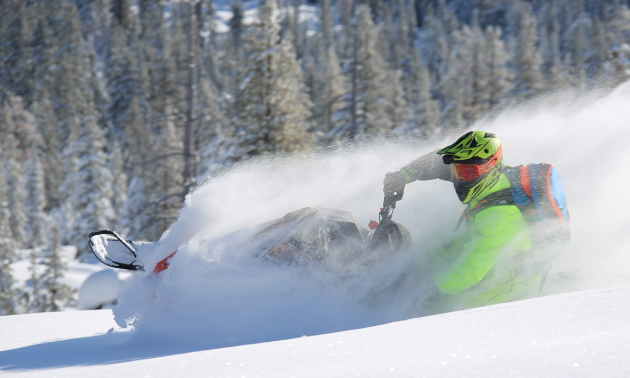
If you have the resources, buy a camera that allows you to take multiple frames per second. If not, use your phone and video the action instead of taking photos. You can always screenshot the video afterwards and get an image from the video. Cell phones just cannot capture what the best cameras in the industry can, but they are still a great resource. Another tip when using your phone: don’t zoom in. Take the photo with a wider range, then zoom in afterwards and screenshot the portion you would have zoomed in on. Zoomed in photos via cell phones almost always come out pixelated. The sharper you can capture an image the better. If you have the time, take a photo class. If you have more time and more means, take a post-production class (Photoshop, Lightroom etc).
Homework time! Write down content ideas when they pop into your head. Keep an ongoing list so you’re ready to fire when the time comes! Follow as many sledders as you can. Some of the best ideas I’ve had have come from slightly twisting someone else’s initial thought. If you want to follow some guys I think are really doing it right, give these guys a follow: @hillsack, @cass.pro, @rossxrobinson.
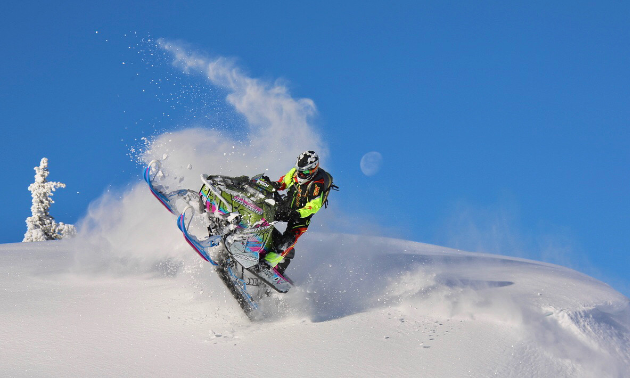
Furthermore, introduce yourself to the companies you are interested in working with. Write an introductory letter and include three or four of your best shots from last season. Sell yourself. Why/Where are you better than everyone else? What can you provide them? How can you help them sell? Find that niche and run with it. Please do us all a favor and don’t ask for free stuff. It’s a two-way street. Focus on what you can do for them, and they’ll return the favor.
Don’t try so hard to create content that you aren’t enjoying what got you into the sport in the first place. Don’t force it. Just keep the cameras rolling and good things will come.
If you have questions or need advice, feel free to reach out and give me a follow @tahoesledhead.
